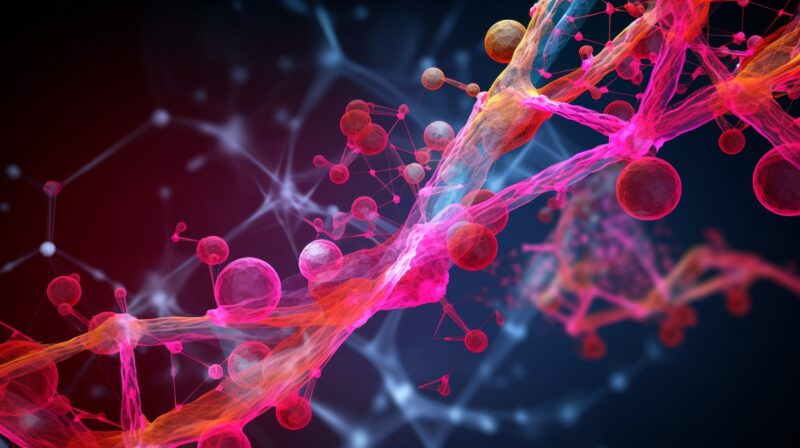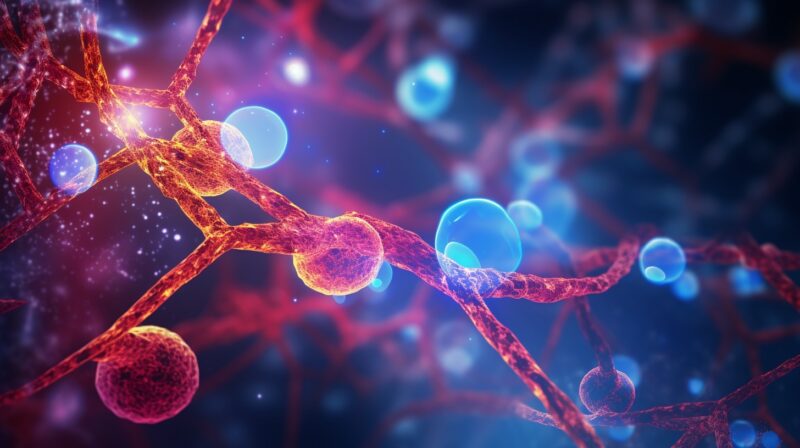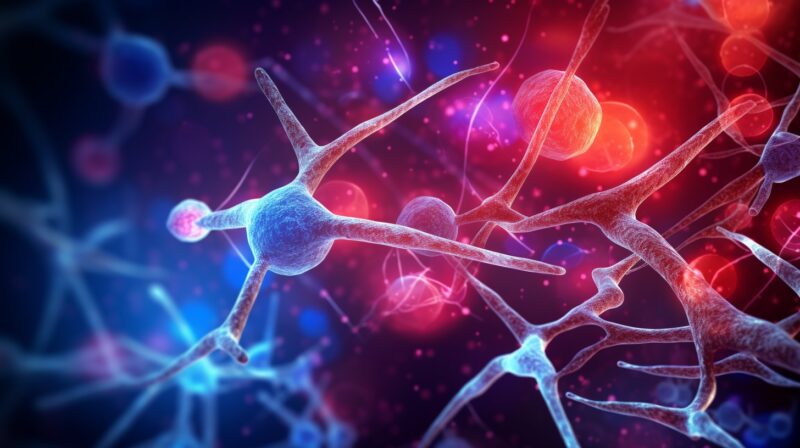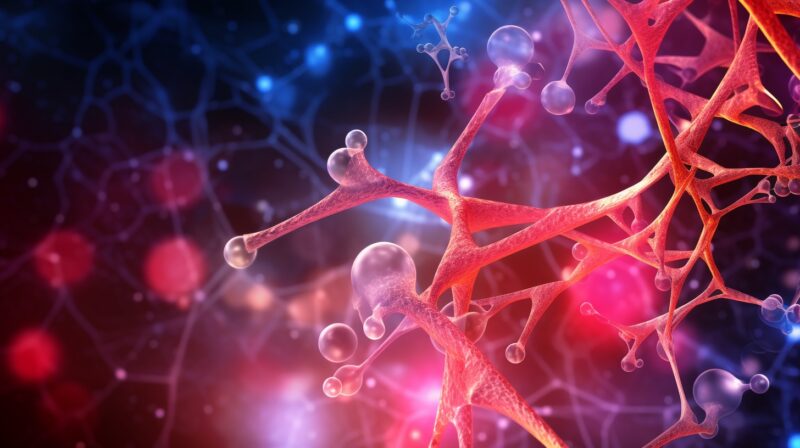The human body is a marvel of intricate systems and processes, and among these, the biosynthesis of adrenocortical hormones stands out as a particularly fascinating subject. These hormones, also known as corticosteroids, play a pivotal role in a myriad of physiological functions.
In this article, we will delve deep into the world of adrenocortical hormone biosynthesis, breaking down its complexities into easily digestible insights. Whether you’re a seasoned professional or a curious reader, this guide promises to enlighten and engage.
Adrenocortical hormones, commonly referred to as corticosteroids, are a subset of steroid hormones. These hormones are paramount in regulating a range of physiological processes, from immune responses to the metabolism of fats, proteins, and carbohydrates.All steroid hormones share a common foundation in their biosynthesis: the sequential enzymatic modification of cholesterol.
This process yields three distinct subtypes of adrenocortical hormones, each characterized by unique chemical side groups. The adrenal cortex, responsible for producing these hormones, is divided into zones. Intriguingly, each zone expresses a unique set of modifying enzymes, leading to the production of different hormones in each zone.
The Three Subtypes of Adrenocortical Hormones
The adrenal cortex’s zonal differentiation results in the production of three distinct subtypes of adrenocortical hormones. Each subtype is a product of specific pathways of enzymatic modification, which bestow upon them their unique chemical side groups.
These subtypes are not just chemically distinct; they also play varied roles in the body, underscoring the importance of the zonal differentiation within the adrenal cortex. The enzymatic pathways that lead to the formation of these subtypes are intricate and finely tuned, ensuring that the body receives the right type of hormone in the right amounts.
Biosynthesis Chemistry: The Pathway Explored
The biosynthesis of adrenocortical hormones is a marvel of biochemical engineering. At its core, this process revolves around the transformation of cholesterol, the foundational material for all these hormones.
Each zone within the adrenal cortex is equipped with a specific set of enzymes, tailored to synthesize its designated hormone. No single zone possesses the entire gamut of enzymes depicted in the overarching pathway. However, there’s one enzyme that’s common to all zones: Cholesterol Desmolase.
This enzyme is pivotal, as it activates cholesterol, priming it for subsequent chemical modifications. The expression of Cholesterol Desmolase is contingent upon the presence of ACTH, a hypothalamic hormone. In the absence of ACTH, the production of adrenocortical hormones comes to a halt.
Key Enzymes in Adrenocortical Hormone Biosynthesis
While the biosynthesis pathway involves a plethora of enzymes, three of them stand out due to their clinical significance: 17-α-hydroxylase, 21-hydroxylase, and 11-hydroxylase.
These enzymes are of paramount importance because mutations in them can lead to Congenital Adrenal Hyperplasia, a group of inherited disorders affecting the adrenal glands. Understanding the role and function of these enzymes is not only crucial for grasping the biosynthesis process but also for comprehending the underlying causes of certain medical conditions.
Congenital Adrenal Hyperplasia: A Closer Look
Congenital Adrenal Hyperplasia (CAH) is a group of inherited conditions resulting from mutations in enzymes pivotal to adrenocortical hormone biosynthesis. Among these enzymes, 17-α-hydroxylase, 21-hydroxylase, and 11-hydroxylase are the most clinically relevant.
CAH disorders manifest in a spectrum of symptoms, ranging from mild to severe. The nature and severity of symptoms are largely contingent upon which enzyme is affected. Delving into the specifics of these enzymes and their associated syndromes offers invaluable insights into the broader landscape of adrenocortical hormone biosynthesis.
The Role of Cholesterol in Hormone Biosynthesis

Cholesterol, often associated with dietary concerns, plays a foundational role in the biosynthesis of adrenocortical hormones. It’s the starting block, the raw material from which these vital hormones are crafted.
Cholesterol is more than just a dietary component; it’s a crucial molecule in our body, serving as the precursor for various essential substances, including vitamin D, bile acids, and, of course, steroid hormones. Its role in adrenocortical hormone biosynthesis underscores its importance in physiological processes.
The Activation of Cholesterol
For cholesterol to be utilized in the biosynthesis of adrenocortical hormones, it first needs to be activated. This activation is facilitated by the enzyme Cholesterol Desmolase, which prepares cholesterol for subsequent enzymatic modifications.
The activation of cholesterol is a pivotal step in the biosynthesis pathway. Without this activation, cholesterol remains inert, unable to undergo the transformations necessary to produce the adrenocortical hormones. The role of Cholesterol Desmolase in this process cannot be overstated.
The Hypothalamic Connection: Role of ACTH

Adrenocorticotropic hormone (ACTH), a hormone produced by the hypothalamus, plays a central role in the biosynthesis of adrenocortical hormones. Its presence is essential for the expression of Cholesterol Desmolase, the enzyme responsible for activating cholesterol.
The hypothalamus, a small region of the brain, exerts significant influence over various endocrine functions. Its production of ACTH is a testament to its role in regulating the biosynthesis of adrenocortical hormones. Without ACTH, the entire process would come to a standstill.
ACTH: The Master Regulator
ACTH doesn’t just influence the expression of Cholesterol Desmolase; it serves as a master regulator, orchestrating the production of adrenocortical hormones based on the body’s needs.
The body’s physiological needs are dynamic, changing based on various factors like stress, illness, or physical exertion. ACTH ensures that the production of adrenocortical hormones aligns with these needs, maintaining a delicate balance crucial for health and well-being.
Enzymatic Pathways: The Routes to Different Hormones

As mentioned earlier, the adrenal cortex is divided into zones, each equipped with a specific set of enzymes. These enzymes determine the type of adrenocortical hormone produced in each zone.
The enzymatic pathways are like roads leading to different destinations. Depending on the route (or enzyme) taken, a different adrenocortical hormone is produced. This zonal differentiation and the associated enzymatic pathways are what give rise to the diverse range of adrenocortical hormones.
The Significance of 17-α-hydroxylase, 21-hydroxylase, and 11-hydroxylase
These three enzymes, central to the biosynthesis of adrenocortical hormones, have profound clinical significance due to their association with Congenital Adrenal Hyperplasia.
Mutations in these enzymes can disrupt the delicate balance of hormone production, leading to a spectrum of symptoms and conditions. Understanding these enzymes is not just about comprehending the biosynthesis process but also about gaining insights into potential health implications.
Clinical Implications of Enzymatic Mutations

The enzymes involved in adrenocortical hormone biosynthesis are not just biochemical catalysts; they have profound implications for human health. Mutations in these enzymes can lead to a range of disorders, with Congenital Adrenal Hyperplasia being the most notable.
Understanding the clinical implications of enzymatic mutations is crucial for both healthcare professionals and patients. It sheds light on the underlying causes of certain conditions and paves the way for effective treatments.
Congenital Adrenal Hyperplasia: Beyond the Basics
While we’ve touched upon Congenital Adrenal Hyperplasia (CAH) earlier, it’s essential to delve deeper into this condition to truly grasp its implications. CAH is not a singular disorder but a group of inherited conditions, each with its unique set of symptoms and challenges.
CAH, stemming from mutations in the enzymes central to adrenocortical hormone biosynthesis, can manifest in various ways. From salt-wasting crises in infants to ambiguous genitalia and fertility issues in adults, the spectrum of CAH is broad and multifaceted.
Treatment Approaches for CAH
Given the complexities of CAH, treatment approaches are tailored to the specific type of CAH and the individual’s unique symptoms. The primary goal is to restore the balance of hormones and address any associated complications.
Treatment for CAH is not a one-size-fits-all approach. It requires a deep understanding of the underlying enzymatic mutations and a comprehensive assessment of the patient’s symptoms and needs.

The Future of Adrenocortical Hormone Research
The field of adrenocortical hormone biosynthesis is ever-evolving, with new research shedding light on previously uncharted territories. From innovative treatment approaches for CAH to a deeper understanding of enzymatic pathways, the future holds promise.
As science and medicine advance, our understanding of adrenocortical hormones and their associated disorders will only deepen. This progress promises better treatments, improved patient outcomes, and a brighter future for those affected by related conditions.
Final Words
In conclusion, the world of adrenocortical hormone biosynthesis is a testament to the marvels of human physiology. From the intricate enzymatic pathways to the profound clinical implications of mutations, this field is both fascinating and immensely significant.
As we continue to explore and understand this realm, we move closer to better treatments, improved patient care, and a deeper appreciation of the human body’s complexities.

